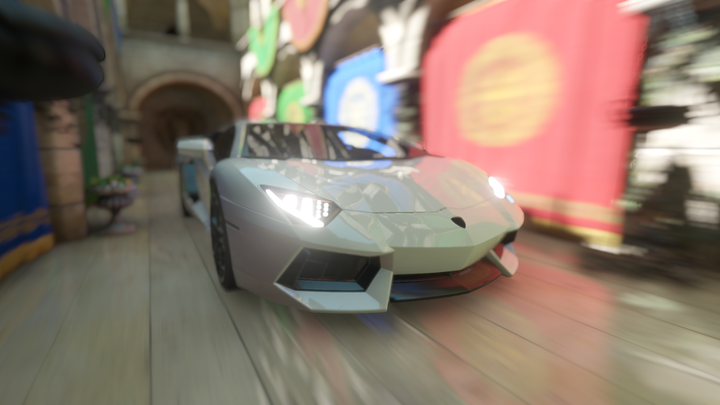
Abstract
Image-based post-processing effects are commonly used in real-time rendering applications to simulate optical phenomena in real cameras and other lighting effects. Recent advances in this field have brought forth a wide variety of techniques, producing high quality effects. This thesis aims to give an overview of and a comparison between modern approaches to post-processing, highlighting concepts that might prove important in future research. Focus is placed on motion blur, depth of field and screen space ambient occlusion (SSAO). In particular, scatter-as-gather algorithms for both motion blur and depth of field are discussed. Scatter-as-gather depth of field is contrasted by sprite-based depth of field, a technique promising high quality visuals on powerful hardware. Discussed screen space ambient occlusion techniques include the original SSAO algorithm and modern horizon-based approaches like Horizon-Based Ambient Occlusion (HBAO) and Ground Truth Ambient Occlusion (GTAO). It is concluded that modern image-based post-processing effects produce high quality results without compromising performance. This is made possible by exploiting temporal coherency and spreading computational work over multiple frames. In addition, cache aware texture sampling strategies, such as tile-based scatter-as-gather motion blur, save memory bandwidth, enabling high performance.